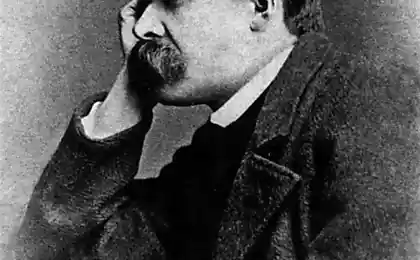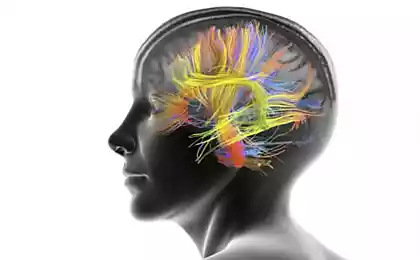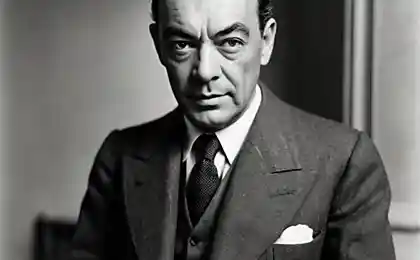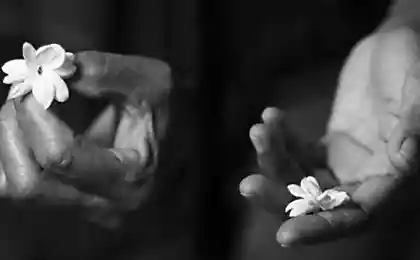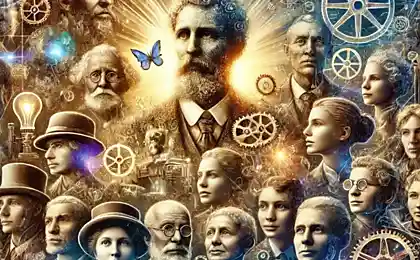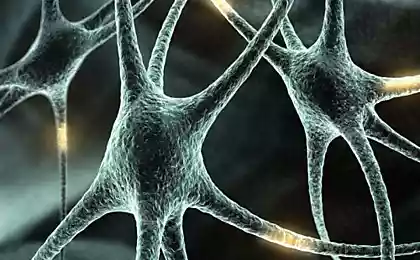176
What are the best intentions taken to the extreme?

There is an old saying, “The road to hell is paved with good intentions.” This expression reminds us of the paradoxical truth of human existence - even the most kind and sincere motives, taken to the extreme, can turn into a destructive force. The line between idealism and fanaticism is sometimes so thin that we cross it without even realizing it.
When we cross the line of reason, our good endeavors are transformed, sometimes beyond recognition. What began as a desire for self-improvement, to help others, or to create a better world can lead to consequences diametrically opposed to the original designs.
Psychological mechanisms of distortion of good intentions
What makes people turn their best intentions into something dangerous and destructive? Psychologists identify several fundamental mechanisms that trigger this transformation process:
Cognitive blindness to extremes
When a person is deeply committed to a particular idea or goal, a psychological phenomenon known as cognitive blindness is activated. The brain begins to filter information that confirms our beliefs and ignores signals about the danger or ineffectiveness of the chosen path. According to research from Stanford University, after forming a firm opinion, people are 78% less susceptible to facts that contradict their beliefs.
The over-justification effect
This psychological phenomenon describes a situation when a person is so confident in the nobility of his intentions that he begins to justify any means to achieve the goal. A kind of moral inversion occurs when the negative consequences of actions are perceived as necessary “sacrifices on the altar of a good goal.”

Examples of good intentions that turned into a disaster
The history of mankind is full of examples when initially positive ideas brought to the absolute, led to catastrophic consequences. Let’s look at a few examples from different areas of life:
Personal self-improvement and self-destruction
The desire for a healthy lifestyle and physical perfection is definitely a positive intention. However, when it develops into obsession, such destructive states as orthorexia (pathological obsession with proper nutrition) or biohorexia (obsession with building muscle mass) appear. Studies show that up to 30% of people who visit fitness centers regularly show signs of an unhealthy addiction to exercise.
It's important to understand: In achieving any goal, it is necessary to maintain a balance and regularly review your methods. A useful question for self-examination: Does my purpose make my life more fulfilling or, on the contrary, impoverish it?
Social and political change
History knows many examples when the desire for social justice, equality and freedom turned into totalitarian regimes. The original desire to create a just society has been transformed into its opposite. The phenomenon of radicalization of good intentions in social movements can be observed in modern societies, when the struggle for rights turns into aggressive discrimination against opponents.
Parental love and hypercare
The desire to protect a child from all the dangers of the world is a natural parenting instinct. However, hyperprotection, arising from the best intentions, often leads to the opposite results: children grow up unable to independence, decision-making, they form increased anxiety. According to research by psychologists, children of hyperprotective parents are 2.5 times more likely to suffer from social anxiety and are much worse at adapting to stressful situations.
Recognition of dangerous extremes: key indicators
How do you determine when a good intention begins to transform into something destructive? There are certain markers that signal crossing the dangerous line:
5 Signs Your Good Intentions Are Out of Control
- Loss of balance and unilateralism One goal overshadows all other aspects of life.
- Rationalization of negative impacts When you begin to justify the obvious harm caused by your actions;
- Emotional burnout When the achievement of the goal is no longer satisfactory, but you continue to move inertia;
- Category of judgment When the world is divided into black and white, and the nuances and semitones disappear;
- Alienation of loved ones When others begin to express concern about your methods and behavior.
Practical strategies for maintaining balance
There are time-tested approaches to preserve the constructive potential of good intentions without allowing them to go to extremes:
The principle of the golden mean
Aristotle spoke of virtue as a “middle ground” between two extremes. This ancient philosophical principle does not lose its relevance today. Any quality or aspiration taken to an extreme becomes a vice. The model of virtue-viciousness-viciousness helps to visualize this pattern:
Example: Frugality (virtue) → stinginess (vice) or wastefulness (vice)
Example: Care for health (virtue) → Hypochondria (viciousness) or Neglect of health (viciousness)
Reflexive pauses and awareness
Stop regularly and conduct an honest analysis of your actions and their consequences. Studies show that mindfulness practice significantly improves a person’s ability to recognize the moment they begin to move to a dangerous extreme. An effective technique is to keep a reflective diary with a periodic reassessment of your goals and methods of achieving them.

Dialogue with opponents
Consciously seek and listen to views that are contrary to your beliefs. Cognitive diversity is the best defense against radicalization. According to research, people who regularly discuss their ideas with opponents are 65% less likely to take their views to destructive extremes.
An important principle: When there is internal resistance to criticism or alternative views, this is the first serious signal of a possible move to a dangerous extreme. At such moments, it is especially important not to isolate, but rather to expand the circle of communication.
The art of letting go: when to admit a mistake
One of the most difficult human tasks is the ability to recognize in time that the chosen path leads wrong, and find the strength to change direction. Research in the field of decision-making psychology shows that people are prone to the so-called “cost trap” – continue to move on a destructive path because of the unwillingness to admit that already invested resources (time, effort, reputation) are wasted.
Practical steps to adjust the course:
- Conduct an honest analysis of the current situation without self-justification.
- Recognize that there is a problem in front of yourself and, if necessary, in front of others.
- Establish clear criteria for assessing the results of your actions;
- Find a mentor or trustee who can give objective feedback.
- Practice flexible thinking – the ability to adjust goals without feeling defeated.
The Wisdom of Boundaries and Balance
The path of good intentions is like walking on a tightrope – it requires constant attention to balance and awareness. Wisdom consists not in the absolute pursuit of even the noblest goals, but in the ability to recognize the critical moment when the pursuit of the ideal begins to transform into its opposite.
Ancient Taoist philosophy offers the concept of “Wu-wei” – action in inaction, which involves moving in harmony with the natural order of things, without violence against oneself and the world. Perhaps it is in this principle that the key to preserving the true value of good intentions lies in the ability to hear signals about approaching a dangerous line and correct the course in time.
Ultimately, true wisdom lies not in the fanatical pursuit of an absolute ideal, but in the acceptance of imperfection as an integral part of being. Only by recognizing limits and boundaries can we preserve the true value of our best intentions without allowing them to become our opposite.
Glossary of terms
Cognitive blindness
A psychological phenomenon in which a person becomes unable to perceive certain information that contradicts his beliefs or expectations, even when it is in the field of his direct attention.
The over-justification effect
A psychological phenomenon in which a person is so convinced of the correctness of his intentions that he distorts reality, justifying any means to achieve the goal.
orthorexia
Obsessive desire for “correct” and healthy eating, reaching an eating disorder and negatively affecting the quality of life.
Biogorexia (muscle dysmorphia)
A mental disorder characterized by an obsession with building muscle mass and a distorted perception of one’s own body as insufficiently muscular.
Hyperopekt
A parenting style characterized by excessive care for the child, control of his actions and restriction of independence, which prevents the development of independence and decision-making ability.
The principle of the golden mean
The philosophical concept of Aristotle (mesotes), according to which virtue is the middle between two extremes-viciousness: excess and lack of a certain quality.
The cost trap
Cognitive distortion, in which a person continues to invest resources in a losing venture because of investments already made, not wanting to admit their loss.
Woo-wei
The concept in Taoist philosophy, meaning “not doing” or “acting through not doing” is the principle of natural action in harmony with the nature of things, without excessive effort and violence.
Your feet as an indicator of health and youth of the body
11 Signs You Have Too Many Things and It’s Time to Take Them Down





